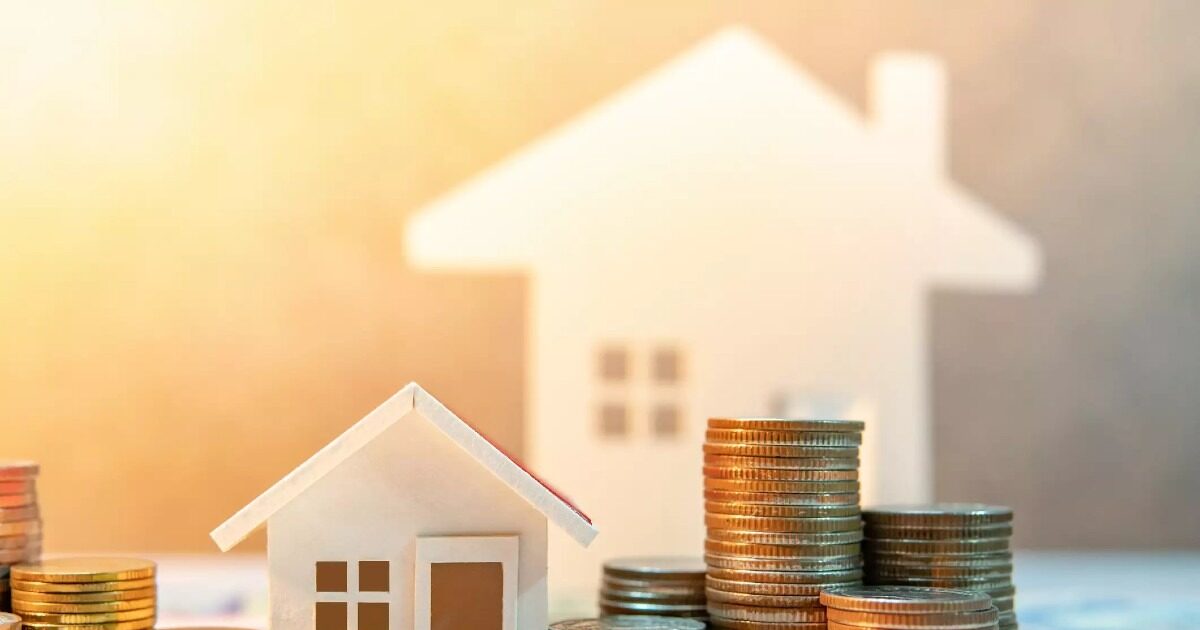Upward continued the course of housing faith in the first half of 2025. Specifically, regarding converging bank estimates the new disbursements In the semester they approached one billion euros by confirming the steady return of the Greek banking system and its active role in funding the real economy.
In 2024, it closed with new mortgages of € 1.8 billion, recording a rise of about 38% compared to 2023, when disbursements had reached € 1.3 billion. This rise comes after a long period of stagnation, where housing had been limited to even € 300 million a year, to gradually start its upward trend by 2020, when the annual disbursements reached € 600 million.
The positive climate continues in 2025, with banks estimating that performance will exceed last year’s levels, as demand remains strong and reinforced by targeted programs such as “My Home II”.
The average housing loan is now between 110,000 and 120,000 euros, while the rate of new applications exceeds 70%. In many cases, approval even approaches 80%, as most applicants have fixed income and low levels of another bank lending. Today’s borrower’s profile is mainly formed in the age group of 35 to 50 years, with one or two children, looking for a first home area of 80 to 120 square meters. They are families that usually have a fixed income and cover part of the value of the property with equity, an element that enhances the viability of the loan and reduces the risk for the bank. In this environment, where interest in buying a housing is reinforced, it is of particular importance to inform households about the basic rules of a healthy and safe property market.
Rules of Healthy Property Purchase for a Household
The real estate market is one of the most important and expensive decisions that a household can make. In order to be a secure and useful market in the long run rather than a financial burden, some basic rules must be followed.
In particular, according to a notice of the Financial Alphabetism Center, attention should be paid to the following:
- Determination of a realistic budget: Calculate the amount that can be allocated without over -burdening the finances of the household. Do not exceed 30-35% of the monthly income for the loan installment. Additional costs such as taxes, maintenance costs, communal and possible renovations must be provided.
- Selection of the right type of property: to choose a property that covers the real needs (size, layout, number of rooms). It should not be purchased a larger or luxurious property than what a household really needs if it cannot support it financially. If it is a first home, a priority should be given to functionality and not to excessive luxury.
- Selection of the right location: To examine the neighborhood: quality of life, crime, infrastructure, schools, transport. The prospect of development of the area (future projects, population density, quiet, accessibility) must be analyzed. Location affects resale value and future or increasing real estate value.
- Market Research and Price comparison: Prices of similar properties in the same area to determine if the price is fair. Examine the long -term trend of prices in the area and avoid buying in times of excessive growth. It is recommended to tip for brokerage or research via online comparisons.
- Law and Urban Status Check: Ensure that the property has net titles. It must be examined whether there are arbitrariness or legal problems. To ensure that the property is in accordance with the urban planning and has no pending urban violations.
- Attention to funding: If a mortgage loan is to be obtained, it should be ensured that the household can withstand the installment even in the event of an increase in borrowing costs. Prefer a fixed interest rate if the purchase is made in the interest rate growth phase. The terms must be negotiated and the advice of an independent financial adviser should be requested.
- Checking the status of the property: Recruit an engineer for control of the property (static competence, humidity, pipes, heating, insulation). Caution should be paid to hidden defects that may cost future repairs or renovations. Calculate the cost of possible renovations.
- Long -term design: The future needs of the household must be considered: Marital status, work, possible relocations. If the market is for investment, it should be ensured that the site offers expected revenue or resale. Avoid impulsive markets based on emotional factors.
- Calculation of additional costs: Transfer tax, law costs, notarial and real estate costs must be provided. The cost of future maintenance should not be underestimated, especially in old buildings. If the property needs an energy upgrade, the possibility of subsidy programs must be considered.
- Consult experts: There must be cooperation with a reliable broker, lawyer and engineer to ensure that the market is safe. One should not be based solely on personal views or only on the opinion of sellers or friends. An independent research and careful reading of contracts with clarifications before signature must be performed and careful.
- And most importantly. What percentage of the value of the property should it have before a household is borrowed? International experience shows that it is safer for a household to borrow for 60-70% of the value of the property and to cover the rest from equity. This reduces the risk of over -indebtedness and pricing of overestimation risk.
The Financial Responsibility Center is implemented by Dovalue in collaboration with the Financial Laboratory of the Department of Business Organization and Management of the University of Piraeus, under the scientific curator
